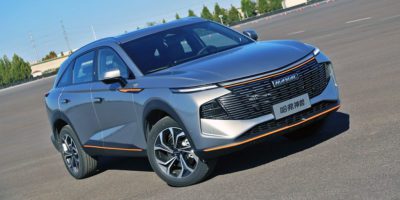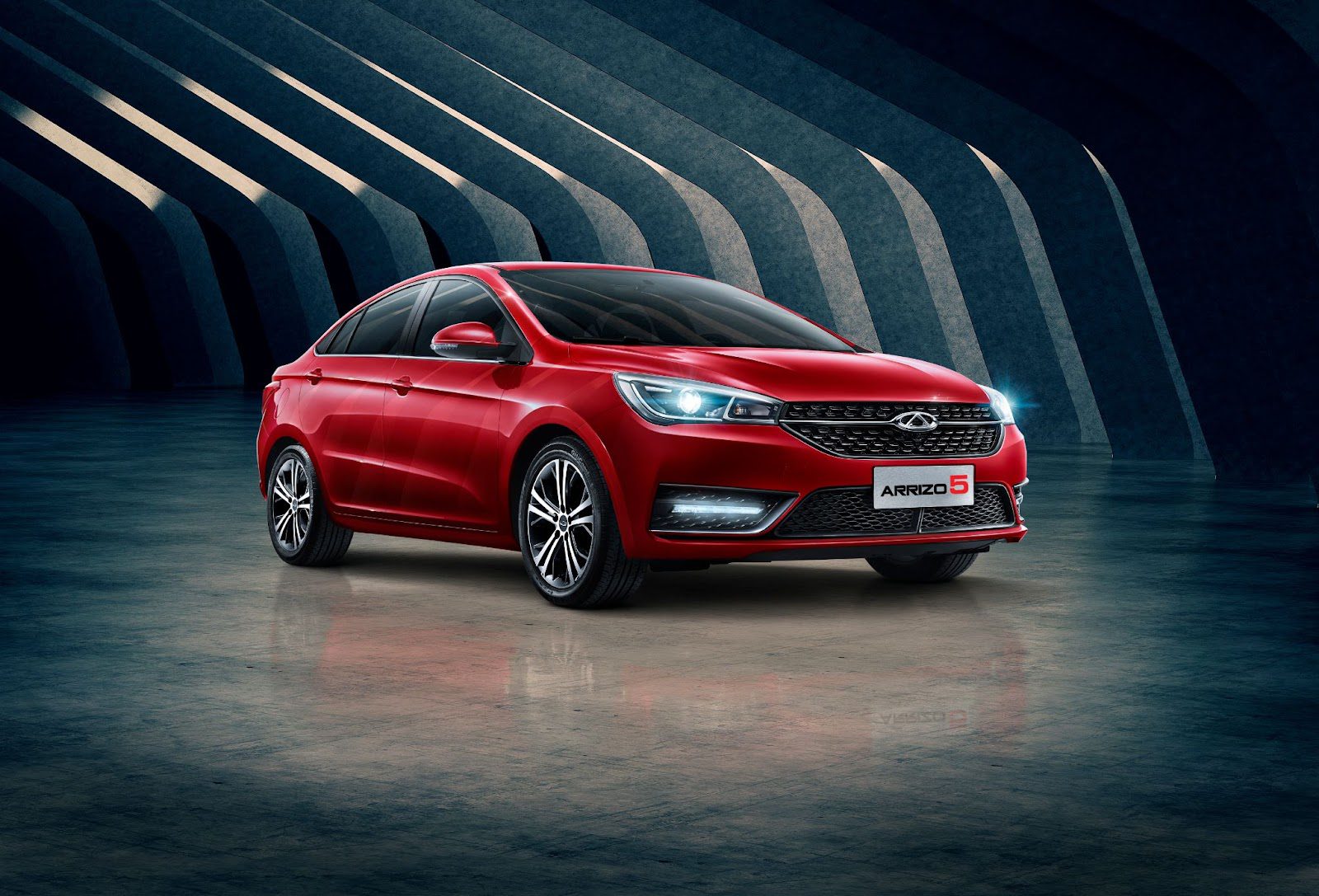2021 Chinese Automotive Sales by Brand – The Best-Selling Automotive Brands By Sales Volume
In 2021 the Chinese passenger car market shows a small improvement on 2020, up 5.7%. The market is almost back at its 2019 level at just over 21 million deliveries, well below the peak of 24.3 million in 2017 but still better than any year before 2016.
 Crossovers and SUVs gain market share with sales up 14.7% to a record 46.4% share, while sedans also outperform the market at +7.1% to lose 1.5 percentage points of share at 48.1% share. Will 2022 become the first year that crossovers outsell sedans in China? They’ve done so three months in 2021: February, April and September. MPVs are the worst performing class of vehicle at +5.5% to drop to 5.5% market share, the lowest since 2012. Within these figures, New Energy vehicle sales grow 158% to nearly 3.52 million for a record market share of 16.7%. This figure includes 2.92 million EVs and about 600,000 PHEVs.
Crossovers and SUVs gain market share with sales up 14.7% to a record 46.4% share, while sedans also outperform the market at +7.1% to lose 1.5 percentage points of share at 48.1% share. Will 2022 become the first year that crossovers outsell sedans in China? They’ve done so three months in 2021: February, April and September. MPVs are the worst performing class of vehicle at +5.5% to drop to 5.5% market share, the lowest since 2012. Within these figures, New Energy vehicle sales grow 158% to nearly 3.52 million for a record market share of 16.7%. This figure includes 2.92 million EVs and about 600,000 PHEVs.
No Subscription? You’re missing out
Get immediate ad-free access to all our premium content.
Get Started

